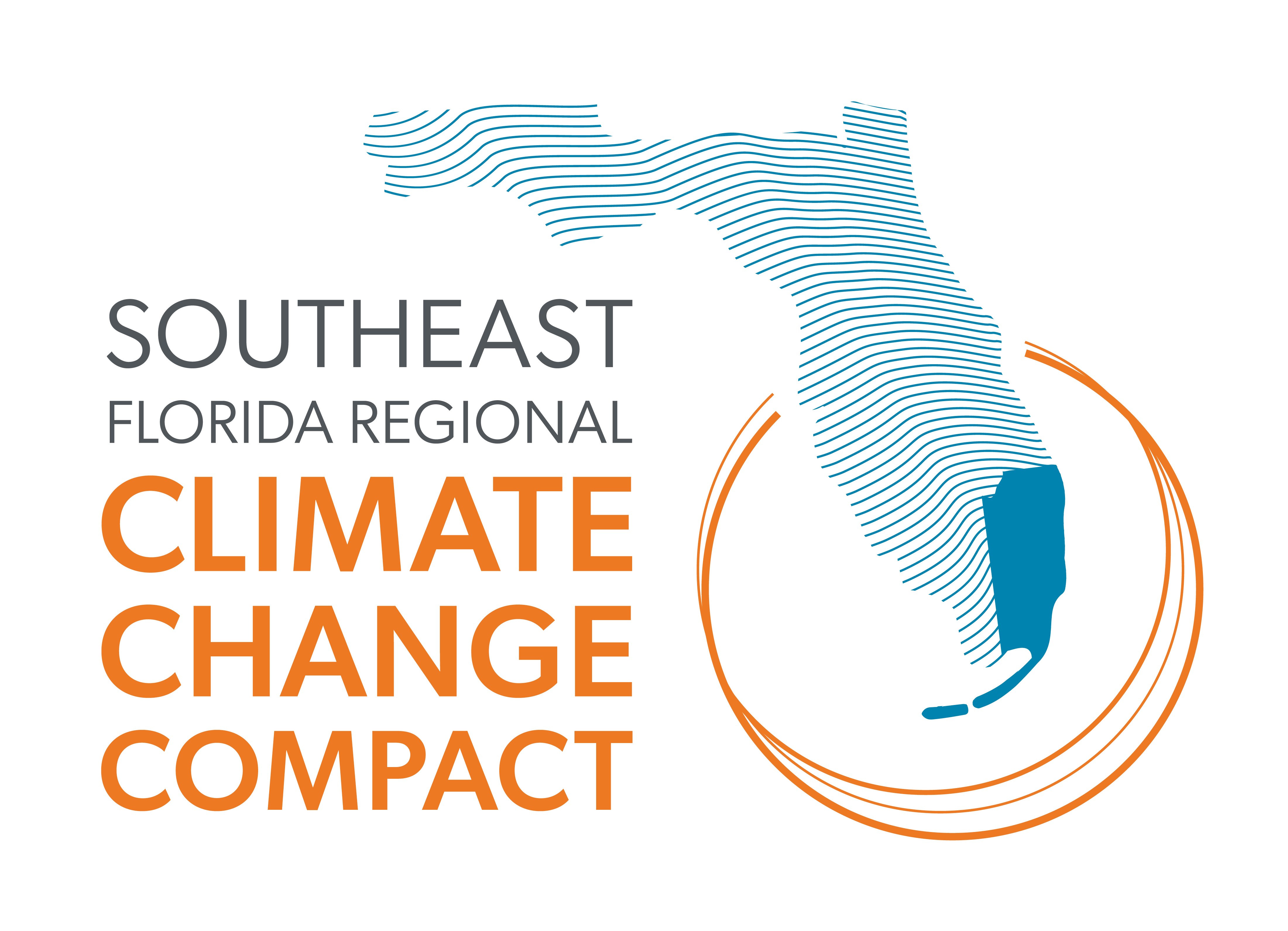Advance resilience, maximize efficiency and increase the use of low-carbon transportation modes for the movement of freight in the region.
STRATEGIES
ST-20.1 Incorporate climate adaptation strategies and GHG emission inventories into seaport and airport master plans and county and/or regional freight plans. Plans should address the critical last mile to and from major seaports and airports in part by providing comprehensive plan land use designations, policies, and standards that protect the function of roadway segments connecting seaports and airports (hubs) to corridors (e.g., interstate highways).
IMPLEMENTERS: local governments, regional transportation agencies
ST-20.2 Implement strategies designed to improve the efficiency of freight movement as part of the region’s comprehensive intelligent transportation systems and transportation system management and operations programs. Strategies include implementing communications applications through a virtual freight network and advanced traveler information systems.
IMPLEMENTERS: local governments, regional transportation agencies
ST-20.3 Establish performance measures (e.g., for GHG emissions) for freight projects and initiatives and monitor performance.
IMPLEMENTERS: local governments, regional transportation agencies
ST-20.4 Support the clustering of distribution facilities to promote intermodal centers and economic development.
IMPLEMENTERS: local governments
ST-20.5 Explore how to optimize the use of existing rail corridors and consider new rail corridors to support increased use of rail for the movement of freight.
IMPLEMENTERS: local governments, regional transportation agencies
ST-20.6 Enhance approaches for the delivery of goods in urban or downtown areas in collaboration with the freight community, including strategies such as establishing designated routes, using smaller trucks and establishing loading and unloading zones and times.
IMPLEMENTERS: local governments, regional transportation agencies, private sector
ST-20.7 Monitor and encourage advances in technology that could improve efficiency and reduce GHG emissions from freight movement (e.g., platooning of connected and/or autonomous trucks and use of unmanned aerial vehicles for deliveries).
IMPLEMENTERS: local governments, regional transportation agencies, private sector
